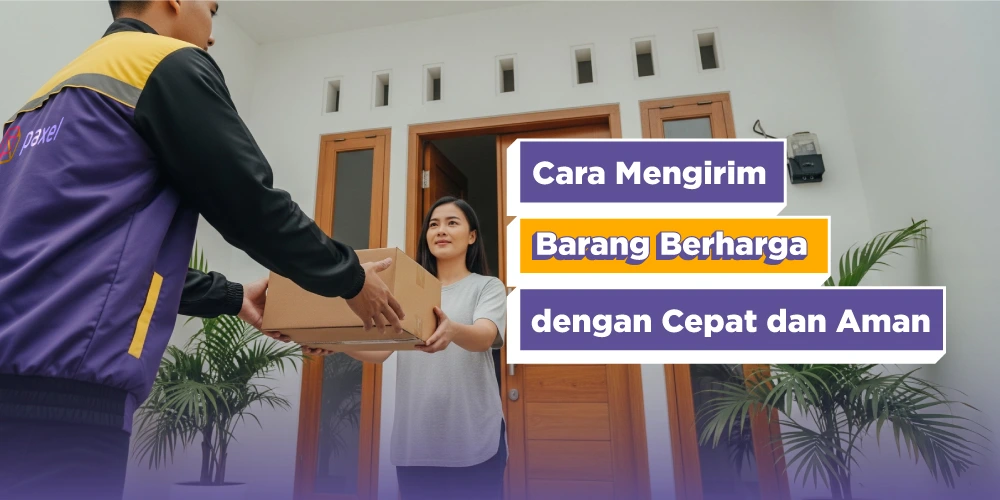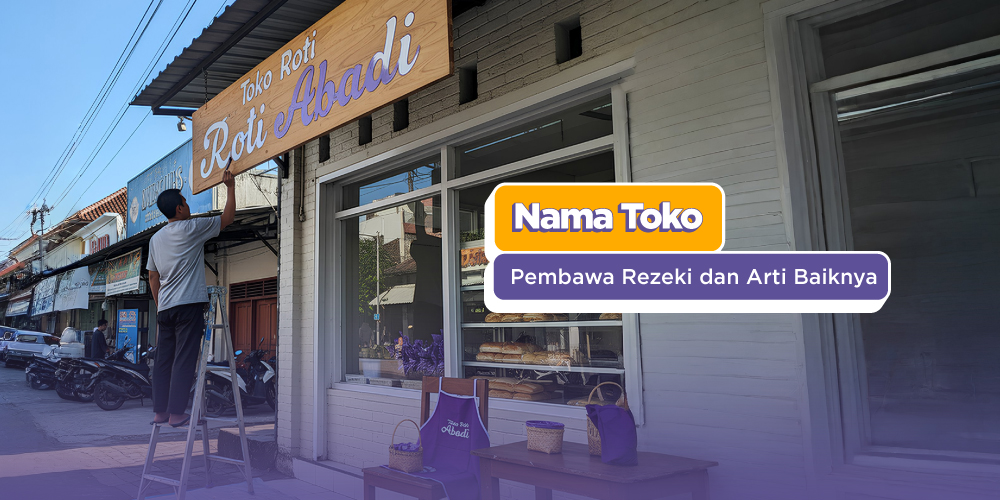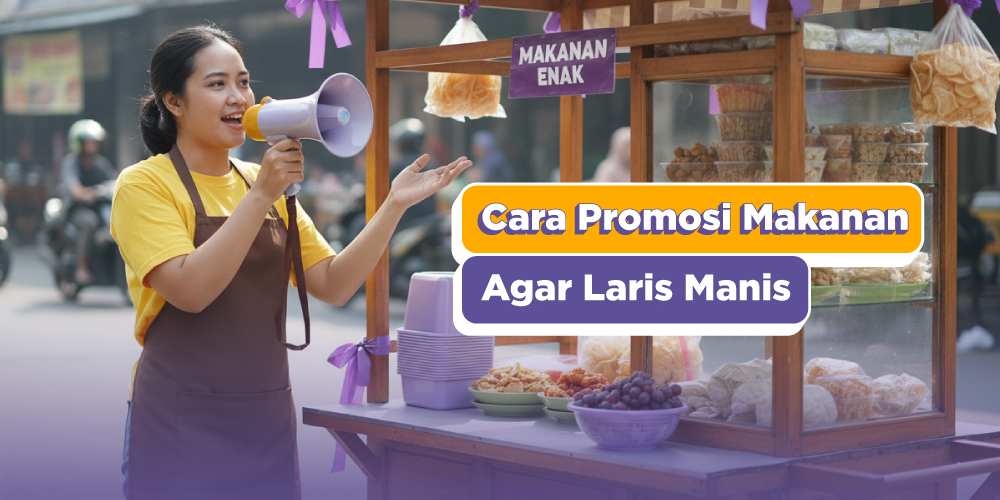
Guide to Shipping Valuables Safely to Their Destination
When you need to send jewelry, gadgets, or valuable documents to another city, it’s normal to feel anxious. You might worry about damage during transit, losing the package, or making mistakes in the process. That’s understandable the value is high and often carries emotional meaning too. To stay worry-free from the moment you send it until it’s received, follow this guide to shipping valuables.
What Are Valuables?

Image Source: Unsplash.com
Valuables are packages worth over Rp1 million. According to Paxel’s terms, these are also referred to as High Value Shipments (HVS).
What counts as valuables? Examples include jewelry, watches, precious metals, mobile phones, laptops, tablets, and important documents such as property certificates, vehicle registration papers (BPKB/STNK), passports, diplomas, checks, or stamped papers. These items require extra care due to higher risks and sometimes verification needs during handover.
That’s why you can’t just send them carelessly. You must provide clear data and always use insurance protection for safety.
Do This Before Shipping Valuables!
To reduce anxiety, follow these steps before sending your items:
- Take photos of the item from multiple angles, keep purchase receipts or proof of ownership. For gadgets, record the IMEI/serial number and back up all personal data.
- For phones/laptops, perform a factory reset and remove SIM/SD cards. Disconnect linked accounts to prevent device lock during inspection.
- With Paxel, high-value shipments are covered by insurance protection of up to Rp50 million with affordable extra cost.
- Write the recipient’s name, active phone number, and detailed address. If sending to an office, include the floor/room number for faster handover.
How to Pack Safely
Image Source: Unsplash.com
Don’t let your valuables get damaged because of poor packaging. Here’s the step-by-step packing guide:
- Wrap items with suitable materials: ziplock bags for documents or small jewelry, bubble wrap/foam for electronics. Use anti-static bags for electronic components.
- Add a small box or hard case as an inner box. Fill empty space with crumpled paper or foam so items don’t move around.
- Use the H-taping method on the outer box. Attach “Fragile/Handle With Care” stickers if needed. For documents, use a thick folder and mark “DO NOT FOLD.”
- After packing, perform a shake test. Gently shake the package—if you still hear movement, add more cushioning until it’s firm but not overly tight.
How to Ship Valuables via Paxel App
Paxel helps you send valuables securely. Here’s how:
- Open the Paxel app
- Select Send Package
- Enter sender & recipient details
- Choose service (Instant/Sameday/Nextday/Regular depending on route)
- Select the item type that High Value Shipment category
- Write the item name & declare its value so insurance applies
- Set pickup schedule & estimated arrival
- Review summary
- Make payment
Once the order is active, you can track the status in real time and receive notifications until delivery is complete. Paxel couriers will pick up the package from your address at the scheduled time. Payment options include Paxel Credit, e-wallets, and Cash on Pickup.
Ensuring Valuables Arrive Safely
To ensure safe delivery, ask the recipient to be available at the chosen time. If verification is required, they should prepare an ID card or employee badge so the courier hands it over to the correct person.
With Paxel, you can also share a tracking link from the app so the recipient can monitor the package’s journey. Paxel is ISO/IEC 27001:2013 certified for Information Security Management Systems, proof of their commitment to safeguarding customer data and business operations under strict standards.
So, there’s no need to worry about the safety of your items and data. In the end, peace of mind comes from a smooth delivery process. If you plan to send valuables, whether within the same city or intercity, choose Paxel.



